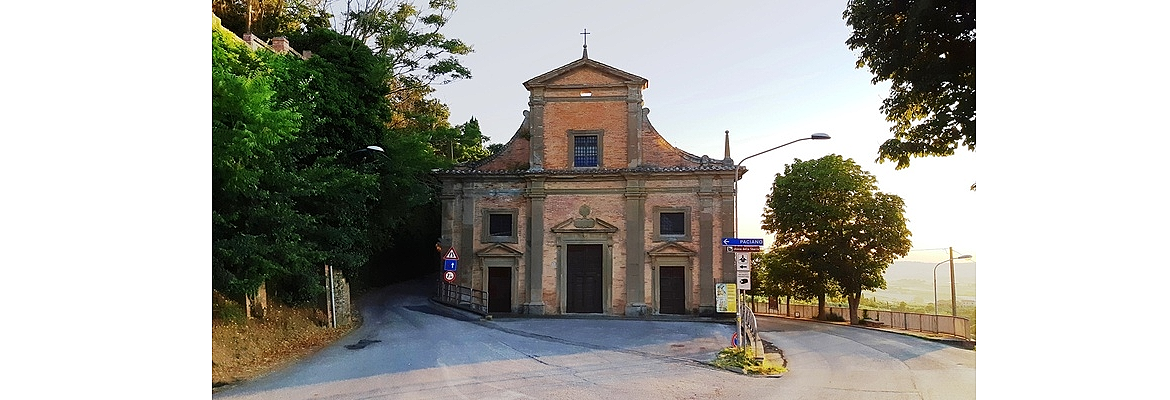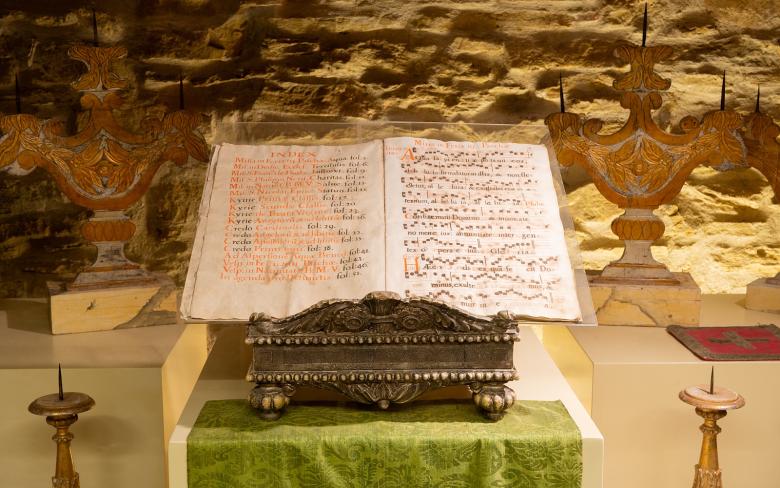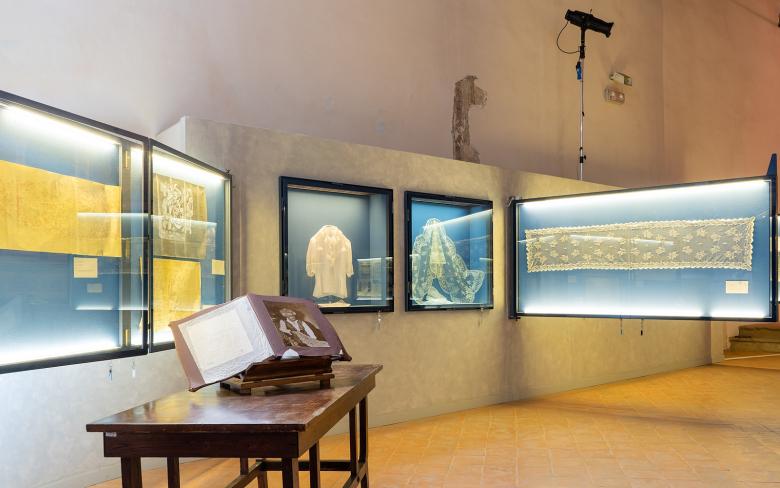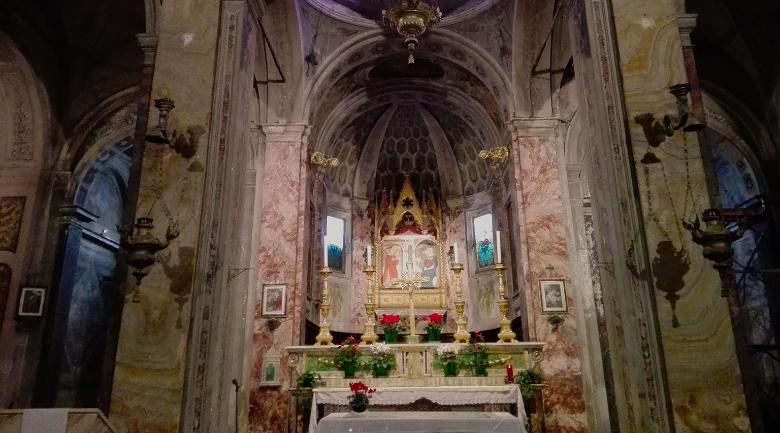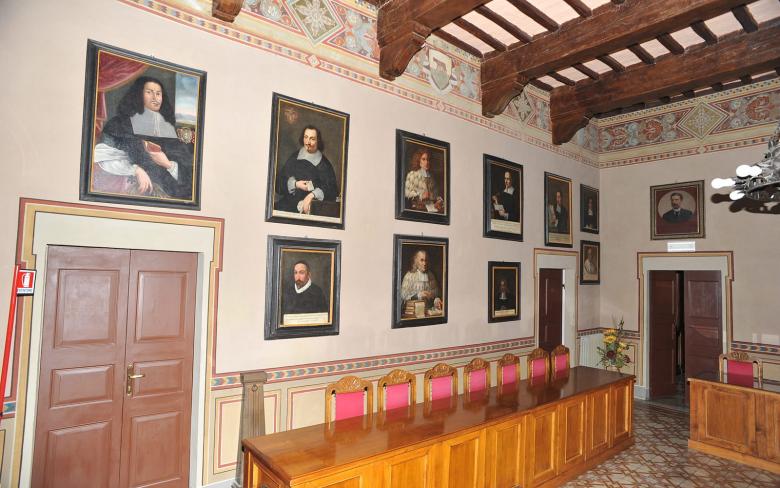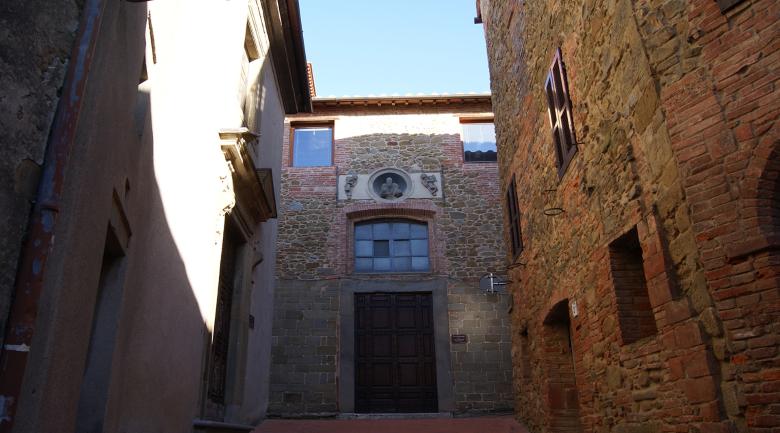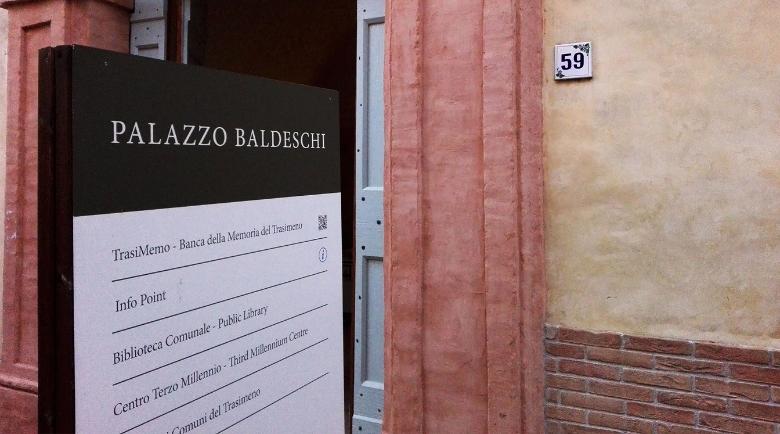Church of the Madonna della Sbarra
The church of the Madonna della Sbarra: between popular devotion and artistic treasures.
The church of the Madonna della Sbarra is located just outside the town of Panicale, near Porta Fiorentina. This place, offering a beautiful view of Lake Trasimeno, was once the site of a customs post, with a barrier that regulated the transit of goods, which gave the sacred building its name.
The church was built to house a Marian shrine with a painted image from 1415. According to tradition, in fact, in 1599 a young man from Panicale took care of the shrine that was in poor condition, freeing it from brambles and protecting it from the rain: from that moment on, numerous miracles were attributed to the sacred image, so much so that the local population asked and obtained permission from the bishop of Chiusi to build a church there. In 1618, Pope Julius II entrusted the church and its properties to the Municipality of Panicale, which still owns it today, removing it from ecclesiastical jurisdiction. In memory of this, the façade bears the inscription “Sub perpetua administratione comunitatis”.The building was completed in 1625.
The brick and pietra serena building “speaks Tuscan” in its style and exterior finish. The interior has three naves and five altars. At the main altar is the miraculous image of the Madonna and Child on which the church was built (1415), housed in a sort of sumptuous Baroque altarpiece with gilded caryatids and angels. In the side aisle to the right of the entrance is the altar of the Conception, which houses a procession carriage and a wooden statue of the Virgin adorned with precious 17th-century clothing, which is changed from time to time depending on the liturgical season, and the altar of St Charles Borromeo, which houses a painting by the painter Benedetto Bandiera (Perugia, c. 1557 - 1634). In the side aisle to the left of the entrance is the altar of St Francis of Paola, with a 17th-century painting by an unknown author, and the altar of St Francis of Assisi, which houses a painting by the Perugian painter Simeone Ciburri, documented from 1591 to 1624.
In the church, one can also admire a Stations of the Cross dating back to 1791, a beautiful walnut choir from 1620 behind the high altar, and the historic organ by the Perugian Adamo Rossi, made between 1798 and 1800, near a masonry choir loft above the entrance. Lastly, a real gem: the beautiful painting of the Holy Family, with its sumptuous Baroque frame, dated around 1572 - 1575, recently attributed to the Spanish painter El Greco.
The upper floor behind the church, once a modest hermitage with several cells, has been used since 2003 as a Museum of Sacred Vestments. It houses valuable liturgical objects from this and other sacred buildings in the area of Panicale, which tell, for example, how an altar was set up, how certain rites were performed, or how devotional statues were created and decorated.
The church is currently closed while it is possible to visit the museum.
























